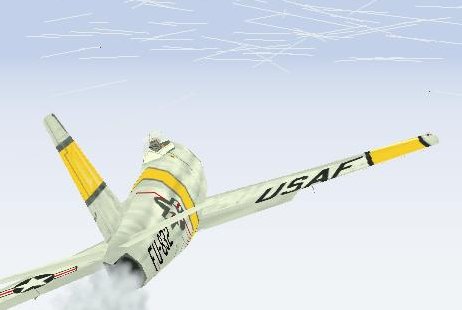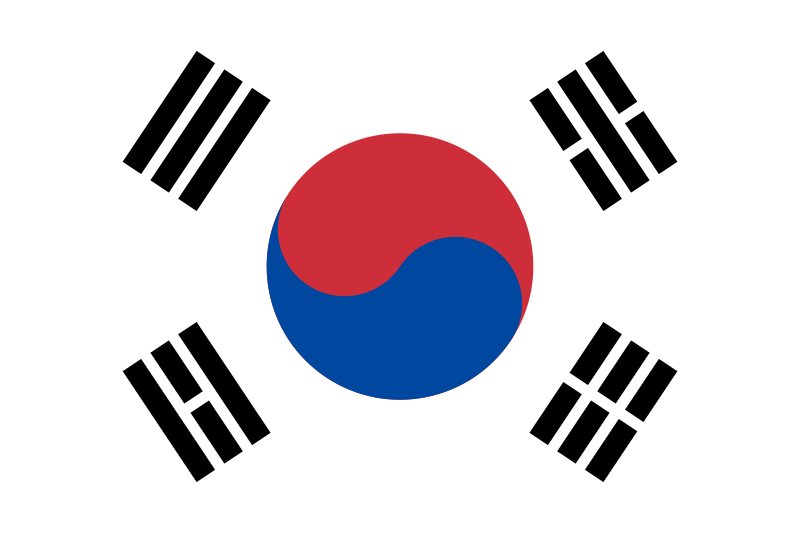
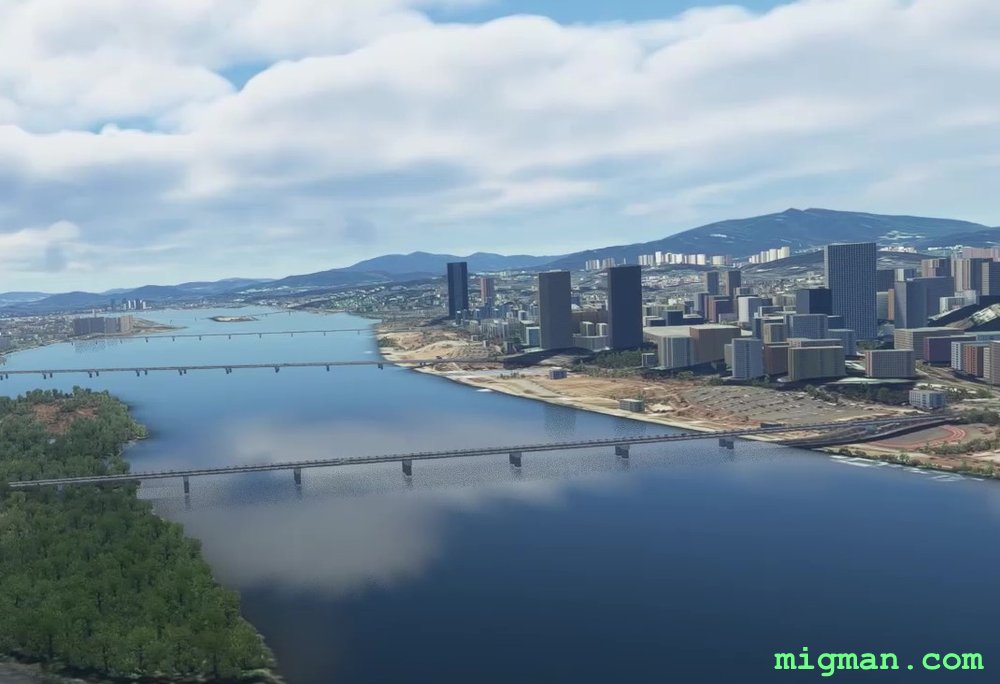
South Korea
Seoul of Korea
airline_seat_recline_extraAsia 2
 South Korea
location_citySeoul
flight_takeoffRKSS Gimpo
South Korea
location_citySeoul
flight_takeoffRKSS GimpoPublished:2022
About
airline_seat_recline_extraAsia 2
 South Korea
location_citySeoul
flight_takeoffRKSS Gimpo
South Korea
location_citySeoul
flight_takeoffRKSS GimpoPublished:2022
airline_seat_recline_extraAsia 2
 South Korea
location_cityIncheon
flight_takeoffRKSI Incheon
South Korea
location_cityIncheon
flight_takeoffRKSI Incheon
 South Korea
location_cityIncheon
flight_takeoffRKSI Incheon
South Korea
location_cityIncheon
flight_takeoffRKSI IncheonPublished:2022
About
airline_seat_recline_extraAsia 2
 South Korea
location_cityIncheon
flight_takeoffRKSI Incheon
South Korea
location_cityIncheon
flight_takeoffRKSI IncheonPublished:2022
Taxiing at Incheon International Airport | South Korea
AboutParking your aircraft is like a sim within a sim. it represents a challenge, it's kind of a real time thing and the object being not to run the little guys over, getting as close to that center line as I can whilst I follow the instructions. We can all reverse park our cars I'm sure, but doing it in a jet is another thing and a great way to extend immersion further into the world of flight sims.
airline_seat_recline_extraAsia 2
 South Korea
location_citySeoul
flight_takeoffRKSI Incheon
tagAirport
South Korea
location_citySeoul
flight_takeoffRKSI Incheon
tagAirportPublished:2021Last edit:Jul 20, 2021
Recon flight at Incheon, South Korea
About--/o\-- BRIEFING --/o\--
WP 1 - Bogugot-Ri Island
WP 2 - Hangang Bridge
WP 3 - Sihwa Seawall
airline_seat_recline_extraAsia 2
WP 1 - Bogugot-Ri Island
WP 2 - Hangang Bridge
WP 3 - Sihwa Seawall
 South Korea
location_citySeoul
flight_takeoffRKSI Incheon
South Korea
location_citySeoul
flight_takeoffRKSI IncheonPublished:2021Last edit:Jul 20, 2021
Recon flight at Incheon, South Korea | Evening
AboutTake the same flight plan and change one or two variables (time of day, altitude) and you get a whole different experience!
airline_seat_recline_extraAsia 2
 South Korea
location_citySeoul
flight_takeoffRKSI Incheon
tagScenery
tagGraphics
South Korea
location_citySeoul
flight_takeoffRKSI Incheon
tagScenery
tagGraphicsPublished:2021Last edit:Jul 20, 2021
airline_seat_recline_extraF/A-18 Korea
 South Korea
local_airportMcDonnell Douglas F/A-18 Hornet
tagChecklist
tagTACAN
tagNavigation
South Korea
local_airportMcDonnell Douglas F/A-18 Hornet
tagChecklist
tagTACAN
tagNavigation
 South Korea
local_airportMcDonnell Douglas F/A-18 Hornet
tagChecklist
tagTACAN
tagNavigation
South Korea
local_airportMcDonnell Douglas F/A-18 Hornet
tagChecklist
tagTACAN
tagNavigationPublished:1998
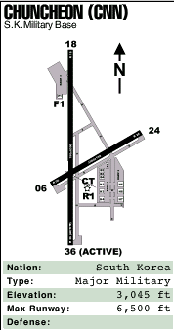 airline_seat_recline_extraF/A-18 Korea
airline_seat_recline_extraF/A-18 Korea
 South Korea
local_airportMcDonnell Douglas F/A-18 Hornet
tagMap
tagAirport
South Korea
local_airportMcDonnell Douglas F/A-18 Hornet
tagMap
tagAirportPublished:1998
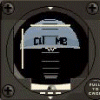 airline_seat_recline_extraF/A-18 Korea
airline_seat_recline_extraF/A-18 Korea
 South Korea
local_airportMcDonnell Douglas F/A-18 Hornet
tagMiGMan’s Combat Diary
South Korea
local_airportMcDonnell Douglas F/A-18 Hornet
tagMiGMan’s Combat DiaryPublished:1998Last edit:Aug 23, 2022
F/A-18 Korea
airline_seat_recline_extraF/A-18 Korea
 South Korea
local_airportMcDonnell Douglas F/A-18 Hornet
South Korea
local_airportMcDonnell Douglas F/A-18 HornetPublished:1998
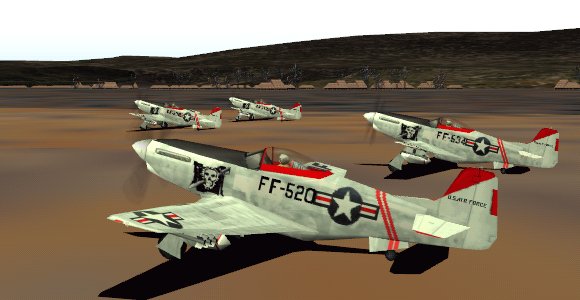
AboutThe P-51 Mustang was apparently known as the F-51 in the Korean War. What was one of the most formidable and effective air superiority machines in WW2 was, only 5 years later relegated mainly to a ground attack role. The jet age had begun.
airline_seat_recline_extraMiG Alley
 South Korea
local_airport
personMiGMan
South Korea
local_airport
personMiGManPublished:1999Last edit:Jul 27, 2022
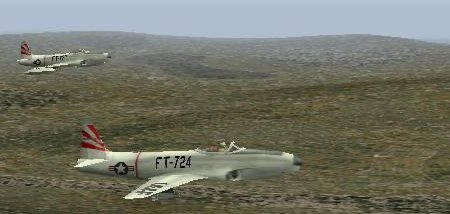
About"The F-80 Shooting Star was flying in Italy in January 1945 but didn't see combat.
On the 8th of November 1950 a Shooting Star shot down a MiG-15 in what is thought to be the first jet to jet air combat encounter. The first 4 months of the Korean war saw the F-80 bearing the brunt of the combat with over 15,000 sorties being flown."
airline_seat_recline_extraMiG Alley
On the 8th of November 1950 a Shooting Star shot down a MiG-15 in what is thought to be the first jet to jet air combat encounter. The first 4 months of the Korean war saw the F-80 bearing the brunt of the combat with over 15,000 sorties being flown."
 South Korea
local_airportLockheed F-80 Shooting Star
personMiGMan
South Korea
local_airportLockheed F-80 Shooting Star
personMiGManPublished:1999Last edit:Jul 27, 2022
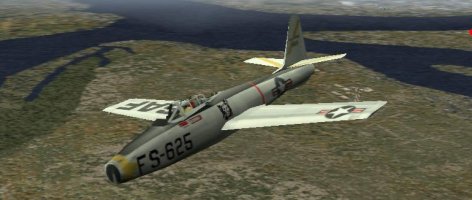
About"The F84 ThunderJet often ran out of runway in the hot Korean weather and was known as the ""Groundhog"" because of this reluctance to become airborne. I noticed fairly quickly in MiG Alley that on take-off it is important to keep the flaps down until the speed has built up and to keep the climb out fairly shallow.
Other fliers have reported that a ""flaps up"" setting is best for takeoff, with a very shallow climb out... barely clearing the treetops at about 2 degrees climb angle."
airline_seat_recline_extraMiG Alley
 South Korea
local_airportRepublic F-84 Thunderjet
personMiGMan
South Korea
local_airportRepublic F-84 Thunderjet
personMiGManPublished:1999Last edit:Jul 27, 2022
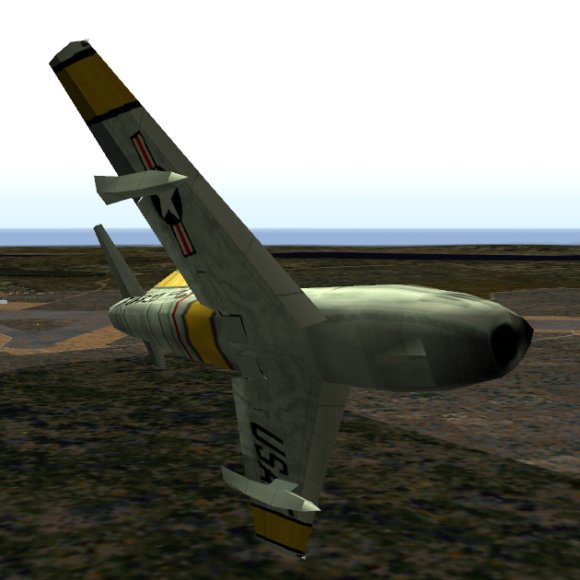
AboutThe F-86 Sabre is modelled in the A, E and F Variants.
airline_seat_recline_extraMiG Alley
 South Korea
local_airportNorth American F-86 Sabre
personMiGMan
South Korea
local_airportNorth American F-86 Sabre
personMiGManPublished:1999Last edit:Jul 27, 2022
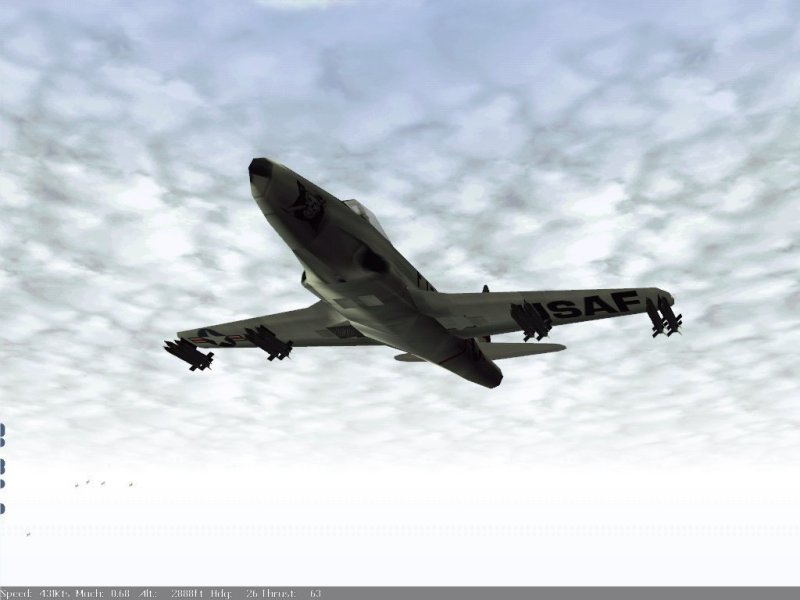 airline_seat_recline_extraMiG Alley
airline_seat_recline_extraMiG Alley
 South Korea
personMiGMan
tagGallery
South Korea
personMiGMan
tagGalleryPublished:1999Last edit:Jul 27, 2022
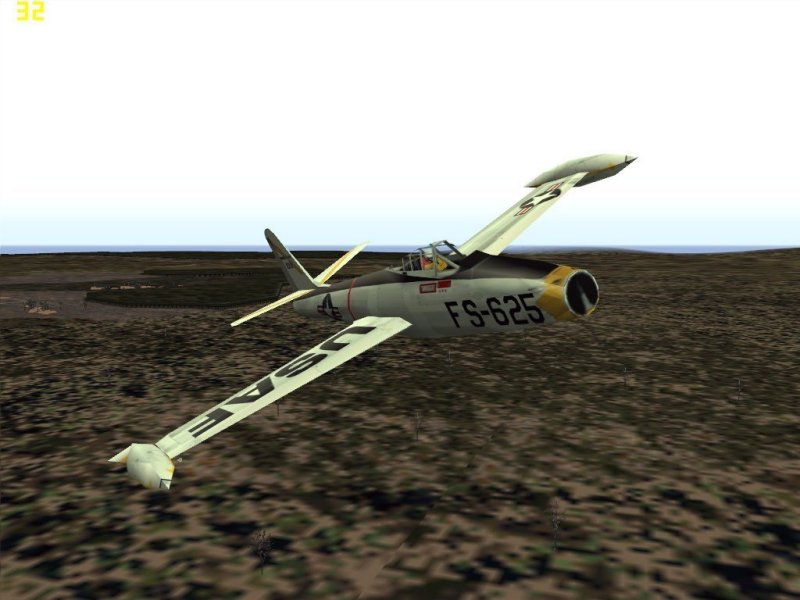 airline_seat_recline_extraMiG Alley
airline_seat_recline_extraMiG Alley
 South Korea
personMiGMan
tagGallery
South Korea
personMiGMan
tagGalleryPublished:1999Last edit:Jul 27, 2022
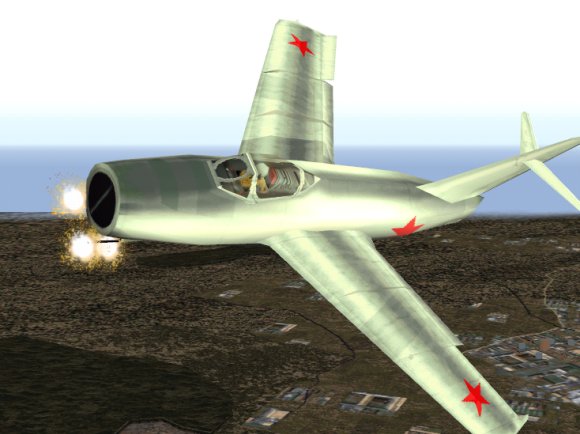 airline_seat_recline_extraMiG Alley
airline_seat_recline_extraMiG Alley
 South Korea
local_airportMikoyan Gurevich MiG-15 Fagot
personMiGMan
South Korea
local_airportMikoyan Gurevich MiG-15 Fagot
personMiGManPublished:1999Last edit:Jul 27, 2022
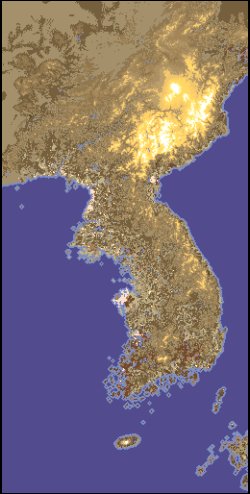
AboutYour have five fighter squadrons and two bomber squadrons under your command.
airline_seat_recline_extraMiG Alley
 South Korea
personMiGMan
tagCampaign
South Korea
personMiGMan
tagCampaignPublished:1999Last edit:Jul 27, 2022
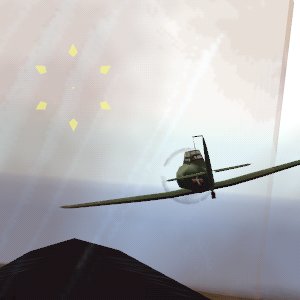
AboutThe Forward Air Controllers in MiG Alley are a first for Combat flight sims.
airline_seat_recline_extraMiG Alley
 South Korea
personMiGMan
South Korea
personMiGManPublished:1999Last edit:Jul 27, 2022
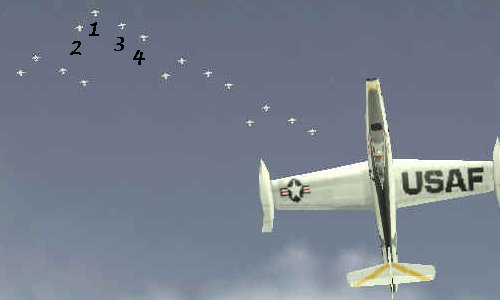
AboutThe aircraft in MiG Alley use the classic "Finger Four" formation. This was known to Commonwealth pilots (Canadian and Australian) as "High Battle Formation". According to Christie Harris, who flew for the RCAF in the 1950's, "You started as a wingman, with three practically foolproof opportunities for disaster.
airline_seat_recline_extraMiG Alley
 South Korea
personMiGMan
South Korea
personMiGManPublished:1999Last edit:Jul 27, 2022
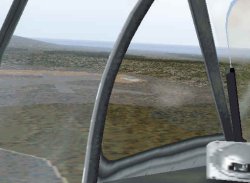 airline_seat_recline_extraMiG Alley
airline_seat_recline_extraMiG Alley
 South Korea
personMiGMan
tagLanding
South Korea
personMiGMan
tagLandingPublished:1999Last edit:Jul 27, 2022
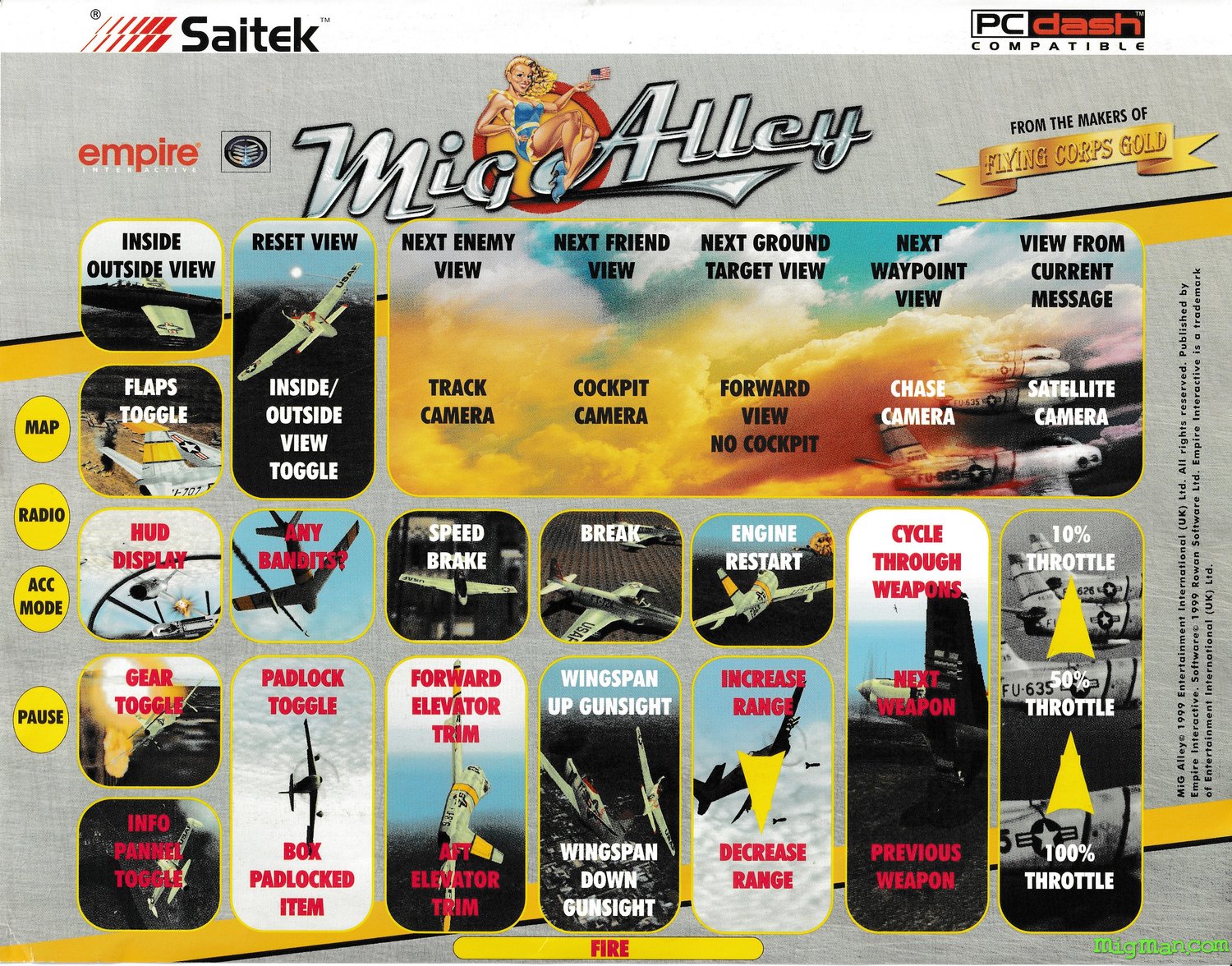 airline_seat_recline_extraMiG Alley
airline_seat_recline_extraMiG Alley
 South Korea
precision_manufacturingSaitek
tagPC dash
South Korea
precision_manufacturingSaitek
tagPC dashPublished:1999Last edit:Mar 19, 2024
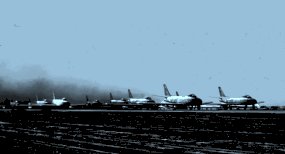 airline_seat_recline_extraMiG Alley
airline_seat_recline_extraMiG Alley
 South Korea
personMiGMan
tagReference
South Korea
personMiGMan
tagReferencePublished:1999Last edit:Jul 27, 2022
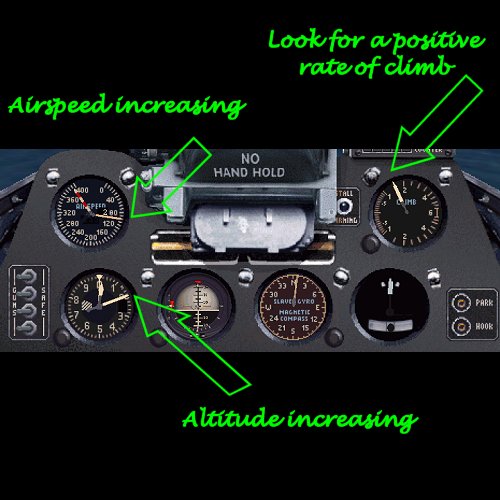 airline_seat_recline_extraValley Forgeairline_seat_recline_extraMicrosoft Combat Flight Simulator
airline_seat_recline_extraValley Forgeairline_seat_recline_extraMicrosoft Combat Flight Simulator
 South Korea
personMike Eustace
personDoug Attrell
tagKorean War
tagCarrier
South Korea
personMike Eustace
personDoug Attrell
tagKorean War
tagCarrierPublished:2002Last edit:Mar 6, 2024
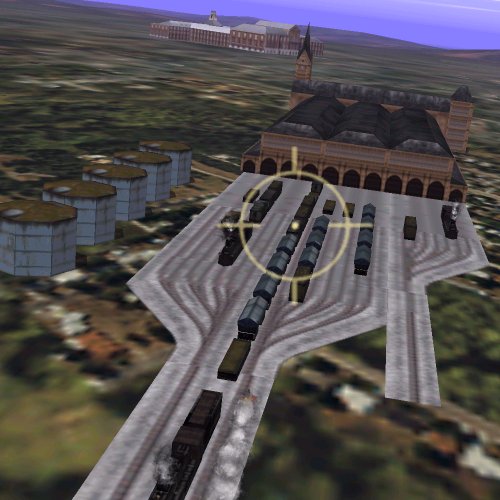 airline_seat_recline_extraValley Forgeairline_seat_recline_extraMicrosoft Combat Flight Simulator
airline_seat_recline_extraValley Forgeairline_seat_recline_extraMicrosoft Combat Flight Simulator
 South Korea
personMike Eustace
personDoug Attrell
tagKorean War
tagCarrier
South Korea
personMike Eustace
personDoug Attrell
tagKorean War
tagCarrierPublished:2002Last edit:Mar 6, 2024
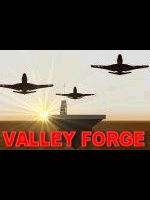 airline_seat_recline_extraValley Forgeairline_seat_recline_extraMicrosoft Combat Flight Simulator
airline_seat_recline_extraValley Forgeairline_seat_recline_extraMicrosoft Combat Flight Simulator
 South Korea
personMike Eustace
personDoug Attrell
tagKorean War
South Korea
personMike Eustace
personDoug Attrell
tagKorean WarPublished:2002Last edit:Mar 6, 2024
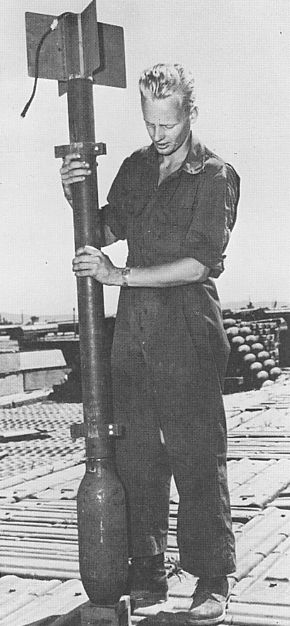
AboutNo. 77 Squadron became not only the first Australian squadron, but the first of the whole British Commonwealth to enter the fighting. In three years No. 77 Squadron lost thirty-five members dead and in addition a number of RAF pilots on exchange duty with the Squadron were killed in action.
The Squadron carried out 81,872 individual sorties, destroying 3,700 buildings, 1,500 vehicles and 16 bridges.
 South Korea
flight_takeoffRJOI Iwakuni
local_airportGloster Meteor
military_techRAAF
personKeith Inglis
tagKorean War
South Korea
flight_takeoffRJOI Iwakuni
local_airportGloster Meteor
military_techRAAF
personKeith Inglis
tagKorean WarRAAF in the Korean War
 South Korea
flight_takeoffRJOI Iwakuni
military_techRAAF
personKeith Inglis
tagKorean War
South Korea
flight_takeoffRJOI Iwakuni
military_techRAAF
personKeith Inglis
tagKorean WarPublished:2024Last edit:Oct 17, 2024

